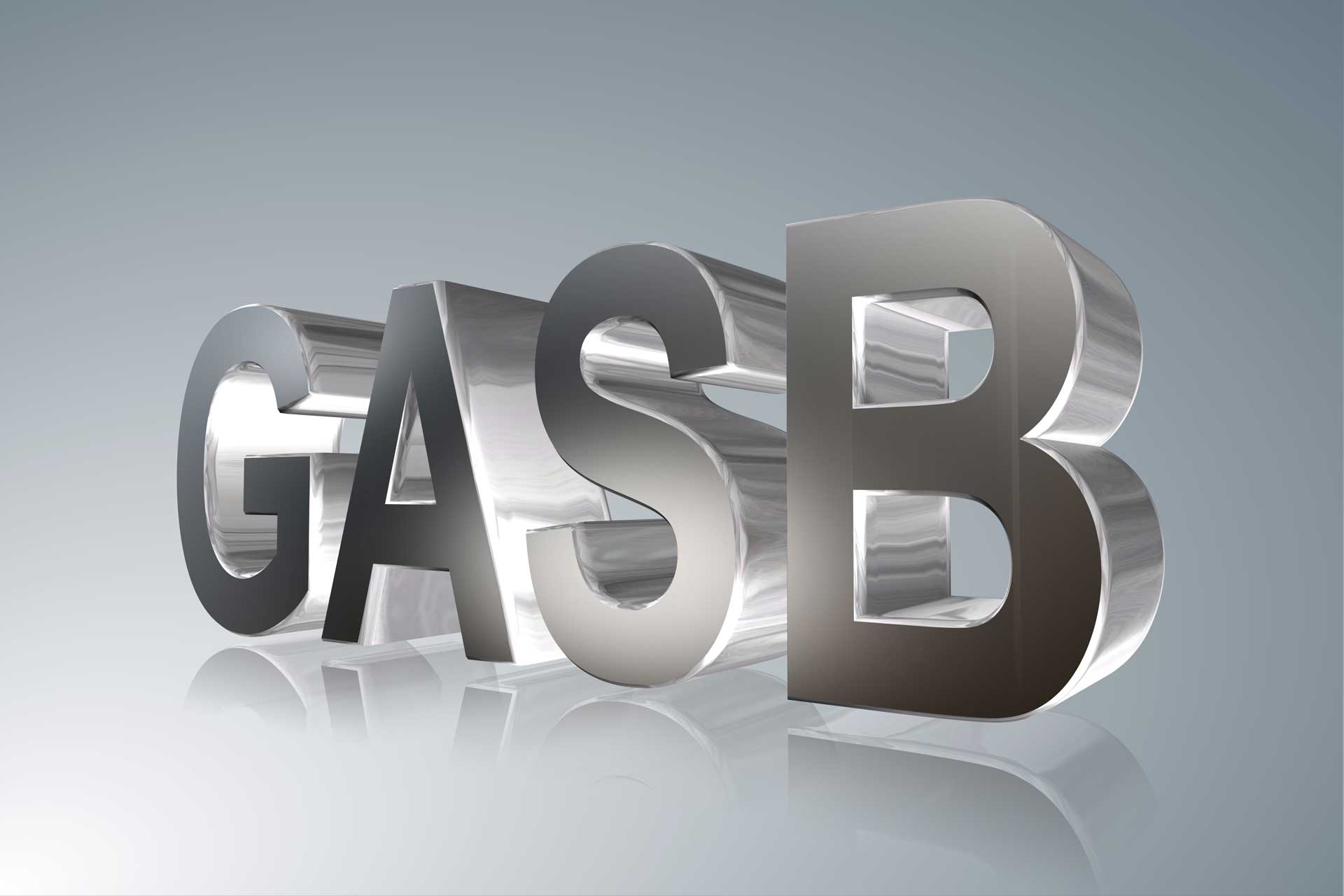I want to follow up on some recent articles and information RBT CPAs has shared about the new lease accounting standards (called GASB 87) you need to be prepared for by year-end. Put simply, most leases will be recorded in your Long-Term Debt Account Group and Statement of Net Position at year-end; however, compliance is anything but simple and will require a significant amount of time and effort to accumulate and analyze the contracts, perform the calculations, and compile the required disclosures.
Recognizing this, we have strongly encouraged our clients to explore software solutions to help streamline the process. Then, we went one step further. We reviewed a number of lease maintenance software options and decided to partner with Trullion – a leader in the lease software industry. Clients who choose to independently engage with Trullion to automate their lease management process and who use RBT CPAs for year-end reporting will actually save on accounting fees because the automated process is less time and labor intensive than calculating everything manually.
You said the new reporting requirement applies to “most leases.” Are there any that I don’t have to worry about?
Yes, there are a couple of carve-outs. Leases that have a maximum life (including all options) of 12 months or less will be expensed as incurred. Leases that transfer ownership of the asset will be accounted for as debt. All other leases must be accounted for under GASB 87.
If my government only has a handful of leases, is it really worth the time and effort to automate?
In my opinion, yes. It is certainly possible to perform the calculations, generate journal entries, and compile the disclosure information manually, but it will be a significant time investment.
Can’t we just collect the required information in an Excel spreadsheet?
You can use Excel; however, if a lease has variable elements or is modified at any point, the formulas become more complex and cumbersome.
Can I just authorize my RBT team member to do it for me?
The simple answer is no. If RBT CPAs is auditing the government’s financial statements, then we are required to maintain our independence. Implementing the new standard “for you” would violate our independence rules and make RBT CPAs ineligible to perform the government’s audit. We will review the information generated from the software and can provide guidance and answer questions along the way, but we can’t just do the whole thing.
Can I choose to use a software other than Trullion and still engage with RBT CPAs to handle the year-end reporting?
Of course! We believe Trullion is the most cost-effective option for our clients, but there are other programs available. RBT CPAs would just need access to whatever program you choose to use.
What happens if I miss a lease that’s embedded in a larger contract?
It’s important for you to review all contracts to determine whether the arrangement contains a lease. The agreement could contain multiple elements, one or more of which may meet the lease criteria, even if the word “lease” isn’t included in the contract name.
It’s not the end of the world if you miss a lease this year and identify it later. Errors can be corrected. The method of correction will depend on the dollar value of the lease and can range from just expensing the lease in the current year to restating the financial statements for the year the lease was missed.
Why does my government have to start gathering the required information now, if we don’t need it until year-end reporting?
Remember that the new standard applies to both lessee and lessor arrangements. It will take time to review your contracts to determine if they meet the lease criteria. Then, either manually or utilizing software, you’ll need to perform the calculations, generate journal entries, and record the transactions. You’ll also need to reverse any entries you recorded during the year under pre-GASB 87 rules.
If my company uses lease management software this year, will I have to re-enter it every subsequent year? How will this impact RBT CPAs’ fees in subsequent years?
If you use the software, you do not have to re-enter the same information every year. The software will generate entries for each subsequent year. One caveat: you will have to add any new leases or modifications to existing leases that are already in the system. RBT CPAs’ fees will be for answering questions, reviewing any new information added to the system, and proposing any necessary adjustments.
If you have any additional questions or need clarification, please don’t hesitate to reach out to your RBT CPAs contact.


